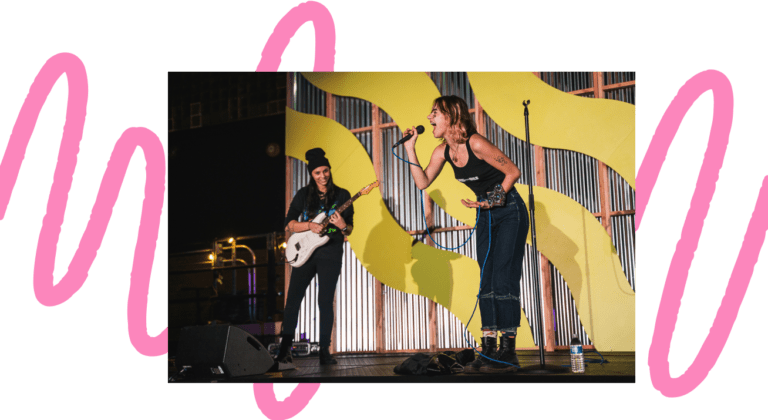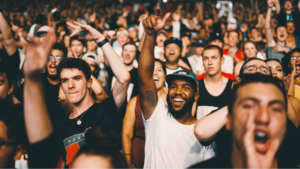As the music industry looks toward recovery in 2022, no-shows continue to be one of the most pressing issues music business owners are contending with as they rebuild their businesses. While this is not a new problem for the industry, the issue of no-shows has become much more severe since the pandemic began.
Pre-pandemic, no-show rates were reported to be around 1-3% of ticket sales. Following Covid-19, sources such as The Wall Street Journal, NME and NIVA have reported no-show numbers from 17-20% for bigger concerts, up to as much as 50% per event.
The increase in no-shows can be attributed to a multitude of factors including: attendee concerns related to Covid-19 exposure, changing local ordinances or venue regulations regarding proof of vaccination or negative tests, and the rescheduling of events (perhaps even multiple times).
Despite these conditions, Eventbrite’s Music Council has indicated increased attendance at several of their recent events, ranging from club nights to reserved seating concerts and even cruises. While there is hope on the horizon as the music industry recovers, read on for the Eventbrite Music Council’s tips to mitigate no-shows in the near-term:
- Spread the word: Whether you are rescheduling a show or updating entry requirements, it is critical that you communicate any changes to audiences clearly, consistently and as soon as possible. Also consider all of the channels available to you, including: your website and social media, local media, and your performers’ social media. When thinking about whether guests need to provide proof of vaccination, consider if testing is available on site, and if so, how much time and money (if any) is required, and ensure you clearly outline the impact to attendees and staff. Don’t assume if you’ve communicated it once that your fans have seen the message – double-down on clear messaging in advance of every event.
- Partner with artists to manage event capacity: Create the opportunity to flex your event capacity and maximize attendance in coordination with the artist by communicating with them as their tour progresses, helping you anticipate no-shows based on the drop count they are seeing each night.
- Consider the “Rush Seating” method: Some artists have worked to address no-shows by leveraging first-come, pay-what-you-can attendance 15 minutes after start time of a show. In addition to helping mitigating no-shows tied to Covid-19 and maximizing attendance with fans who are passionate about seeing the show, this strategy can help to address untransferable reseller tickets.
- Use an integrated fan-to-fan transfer or waitlist tool: Eventbrite is integrated with Tixel, a simple, self-service tool which enables music partners to create waitlists and allow fan-to-fan ticket transfers for their events. For sold-out events especially, Tixel or similar tools make it easy for fans who cannot attend the event to ensure their tickets are used by ones who can take their place.
- Change the perceived ticket value: Pre-pandemic psychological studies found that music business owners that changing the perception of a ticket’s value can help to mitigate no-shows. The reason? When deciding to show up to an event, ticket holders will consider their investment and the higher their perceived value (how much money they think an event is worth), the more likely they are to show up. However, it is important to note that Covid-19 has changed the rules – Eventbrite’s Music Council has observed that post-pandemic, the rate of VIP no-shows are just as high as regular-priced tickets. The Council suggests that if you want to experiment with this method, consider bundling merch, parking, preferred entry and/or seating, pre-sold F&B packages, and meet and greets along with the base ticket to help increase attendance.



